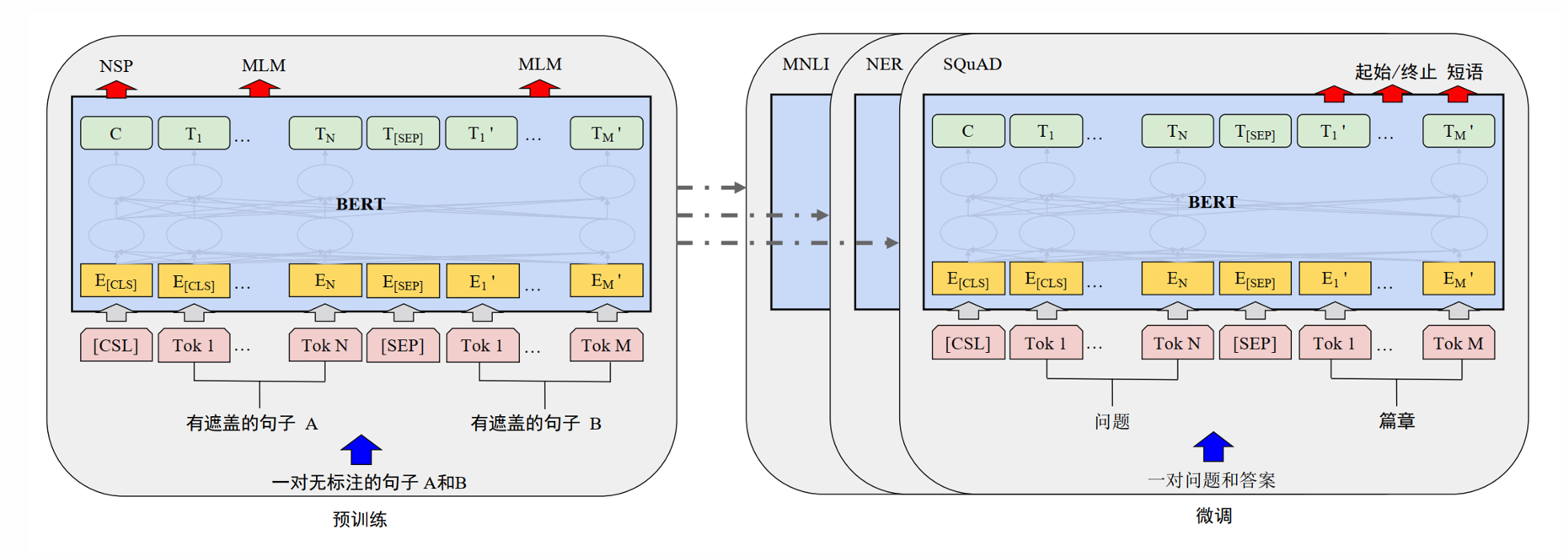1
2
3
4
5
6
7
8
9
10
11
12
13
14
15
16
17
18
19
20
21
22
23
24
25
26
27
28
29
30
31
32
33
34
35
36
37
38
39
40
41
42
43
44
45
46
47
48
49
| import matplotlib.pyplot as plt
import numpy as np
def visualize_attention(attention_weights, tokens, layer=0, head=0, max_display_tokens=100, figsize_scale=0.2):
"""
可视化注意力权重(优化大维度显示)
参数:
attention_weights: 注意力权重张量
tokens: 文本token列表
layer: 要可视化的层
head: 要可视化的注意力头
max_display_tokens: 最大显示的token数量(超过则截断)
figsize_scale: 每个token分配的图像尺寸比例(控制整体大小)
"""
attn = attention_weights[layer][0, head].detach().numpy()
n_tokens = len(tokens)
display_tokens = tokens[:max_display_tokens]
display_attn = attn[:max_display_tokens, :max_display_tokens]
display_len = len(display_tokens)
figsize = (int(display_len * figsize_scale), int(display_len * figsize_scale))
figsize = (min(figsize[0], 30), min(figsize[1], 30))
plt.figure(figsize=figsize)
plt.imshow(display_attn, cmap='hot', interpolation='nearest')
plt.colorbar(shrink=0.8)
step = max(1, display_len // 20)
tick_positions = range(0, display_len, step)
tick_labels = [display_tokens[i] for i in tick_positions]
plt.xticks(tick_positions, tick_labels, rotation=90, fontsize=6)
plt.yticks(tick_positions, tick_labels, fontsize=6)
plt.title(f"Attention Weights - Layer {layer}, Head {head}", fontsize=10)
plt.tight_layout()
plt.show()
tokens = tokenizer.convert_ids_to_tokens(encoded_text['input_ids'][0])
visualize_attention(outputs.attentions, tokens, layer=0, head=0, max_display_tokens=150, figsize_scale=0.25)
|
